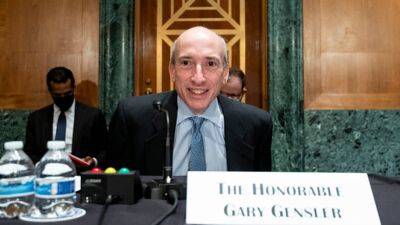‘Change is always difficult’: from no lids to vac-packs, the war on plastic packaging divides opinion
F irst it was the yoghurt pot lids, coloured milk bottle tops and best-before labels, removed in the name of the war on plastic and food waste. But when one supermarket sucked the air out of packs of mince, for some shoppers it was a bridge too far.
While Sainsbury’s had boasted a “supermarket first”, its vacuum-packed mince – part of an industry-wide effort to tackle the problempackaging behind nearly 70% of the UK’s plastic waste– made some people squeamish.
Minus the air, mince becomes a dense red slab. One customer said it resembled a body part (even if buying this way did eliminate 450 tonnes of plastic a year).
Vac-packed meat is a more common sight in the EU and US, as well as in the recipe boxes that have become popular in the UK in recent years. Mould and bacteria need oxygen to grow, so removing the air can help to keep food fresh for longer.
“I’ve never thought of mince as being a particularly attractive looking food group,” confesses Margaret Bates, the managing director of OPRL, the organisation behind the “recycle” and “do not recycle” labelling system, of the vac-pack criticism.
“We have a bit of a mixed messaging going on. We’re telling supermarkets ‘We don’t want the packaging but we don’t want any loss of quality or shelf life either’. We need to decide because convenience always has a cost.”
At the moment, supermarkets and manufacturers are rapidly reappraising the packaging of every product in light of government collection and packaging reforms that are designed to cut waste.
A deposit return scheme is due to start in Scotland this summer, and in the rest of the UK in 2025. The three-pronged attack also includes the introduction of a consistent household recycling regime in England that will mandate local
Read more on theguardian.com














